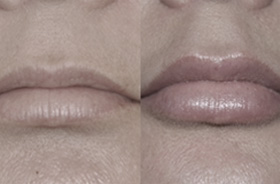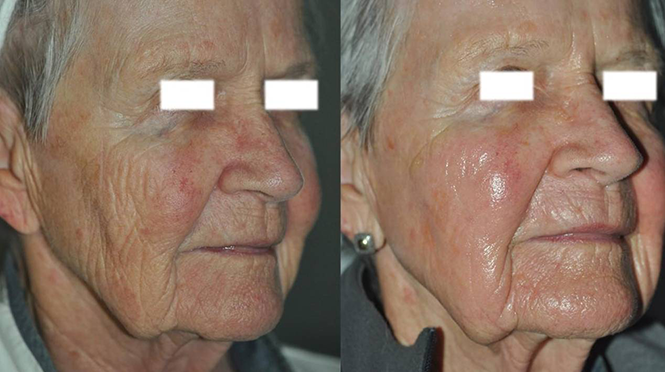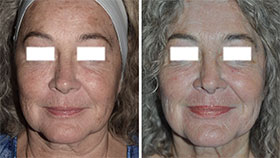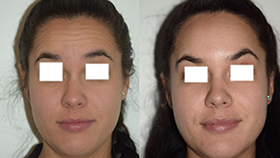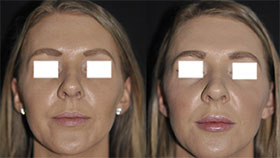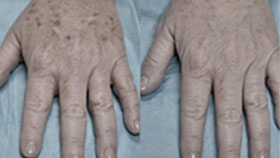Four Aquatic Rashes Explained
As Floridians, we spend a lot of time in the water for work and fun. There are numerous different rashes that can occur from both marine and freshwater exposure. I wanted to run down some of the more common rashes I’ve seen associated with water exposure. The good news from this Florida-based dermatologist? These are all self-limited, with simple treatments to quickly improve symptoms!
• Seabather’s Eruption, better known as sea lice, is a bit of a misnomer. This itchy saltwater rash is not caused by lice; rather, jellyfish larvae are the culprit. The larvae float on top of the water and get trapped under the bathing suit. The larvae are covered in nematocysts, which release toxins when they are threatened. The pressure of the bathing suit causes the toxin release. Thus, you will get an itchy, stinging rash limited to the area covered by the bathing suit. The larvae are small and hard to see, so you often don’t know you have been exposed until it is too late. The treatment for seabather’s eruption includes over-the-counter topical steroids and oral antihistamines. If the rash is severe, a physician can prescribe stronger steroid creams. Also: Wash your swimsuit well with detergent to remove any remaining larvae before wearing the suit again!
• Swimmer’s Itch (Cercarial dermatitis, and Clam-digger’s itch) is seen most frequently in shallow fresh water. However, it can also occur in saltwater as well. In contrast to seabather’s eruption, this itchy rash tends to occur on exposed skin. The most common scenario is onset of an itchy rash on the legs soon after wading in shallow, fresh water. Swimmer’s itch is caused by a parasite that inadvertently gets onto our skin. The parasite does not infect humans (normally it cycles between birds and snails), but it dies in our skin and causes an allergic reaction. The rash is self-limited, but over-the-counter topical steroids and oral antihistamines can alleviate symptoms sooner.
• Hot tub folliculitis is a skin infection obtained from water contaminated with Pseudomonas aeruginosa. This bacterium thrives in warm waters and waters with low chlorine levels. People will develop an itchy rash over any area that was exposed to the water. The rash usually resolves spontaneously in about a week or so. If the rash is severe enough, a physician may consider treating with an oral antibiotic.
• Swimmer’s xerosis describes dry, scaly, itchy skin in those with frequent exposure to water. Repeated or prolonged contact with water—especially hot water—will remove the natural moisture in the skin, which can further exacerbate the dryness. The treatment is to limit time spent in water, take short lukewarm showers, and apply moisturizing cream right after exposure.
To learn more about rashes and treatments, as well as other common late-summer-based skin conditions to watch for, contact Skin Wellness Physicians by calling (239) 732-0044 or sending a message online.



